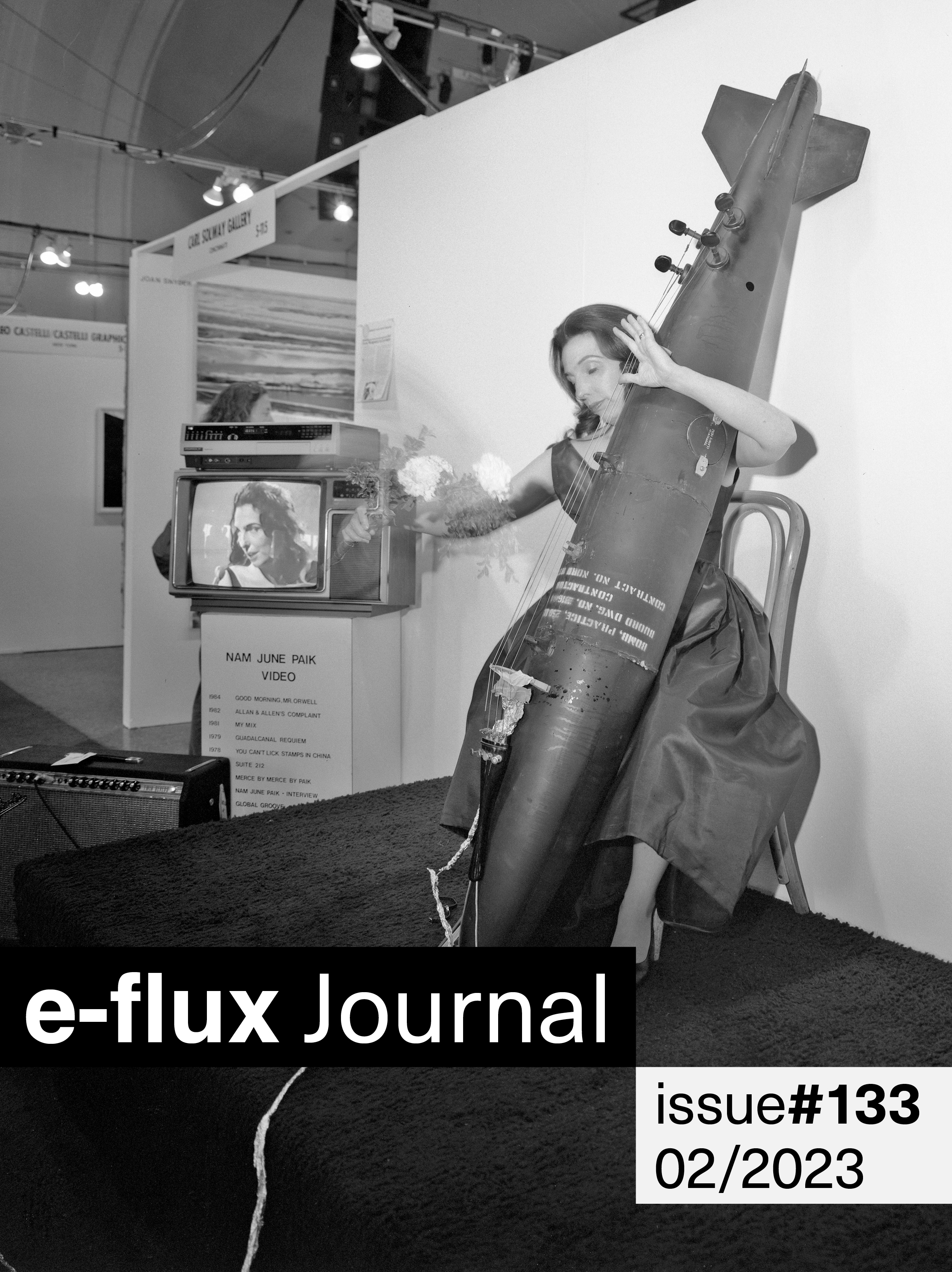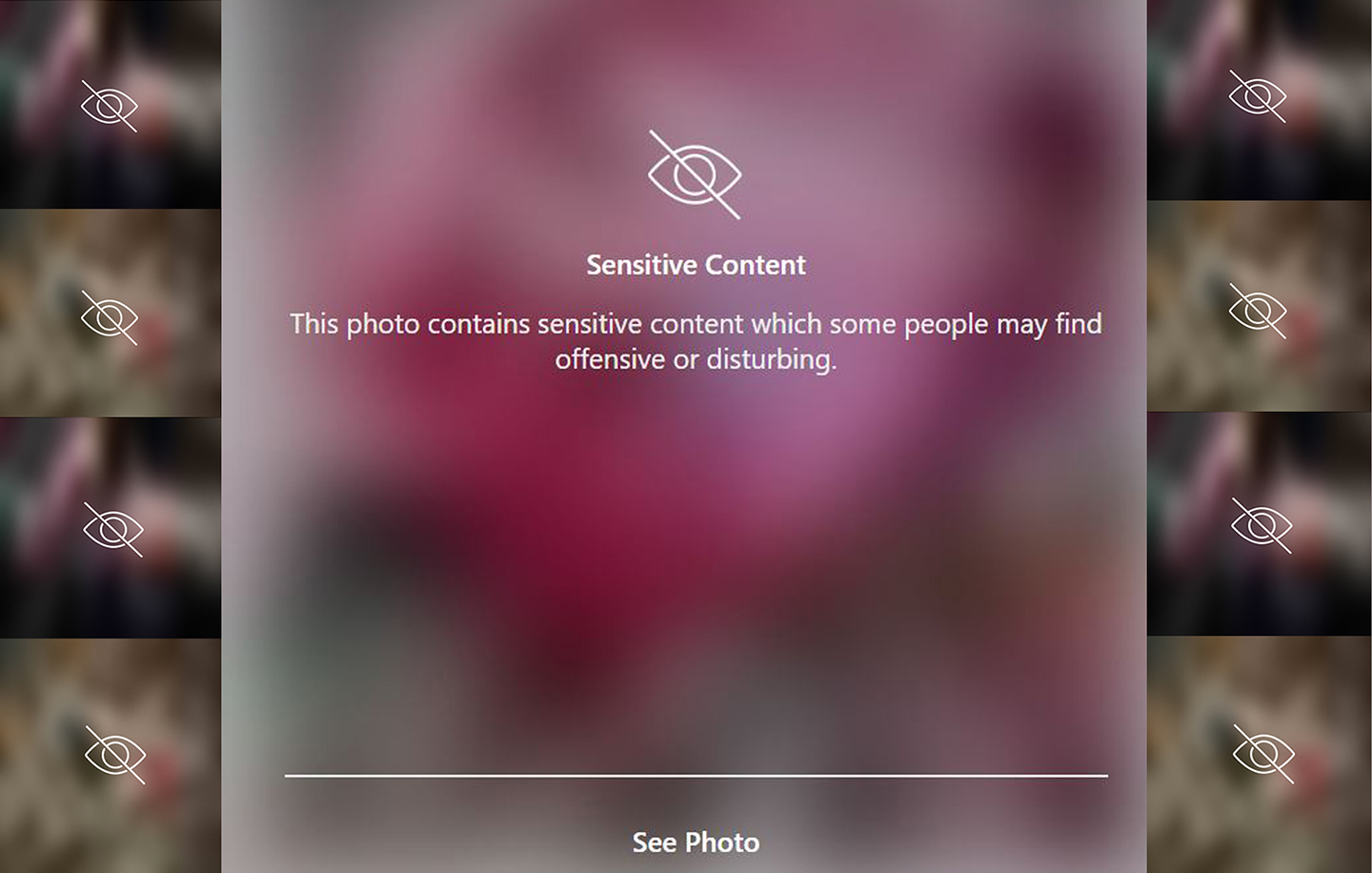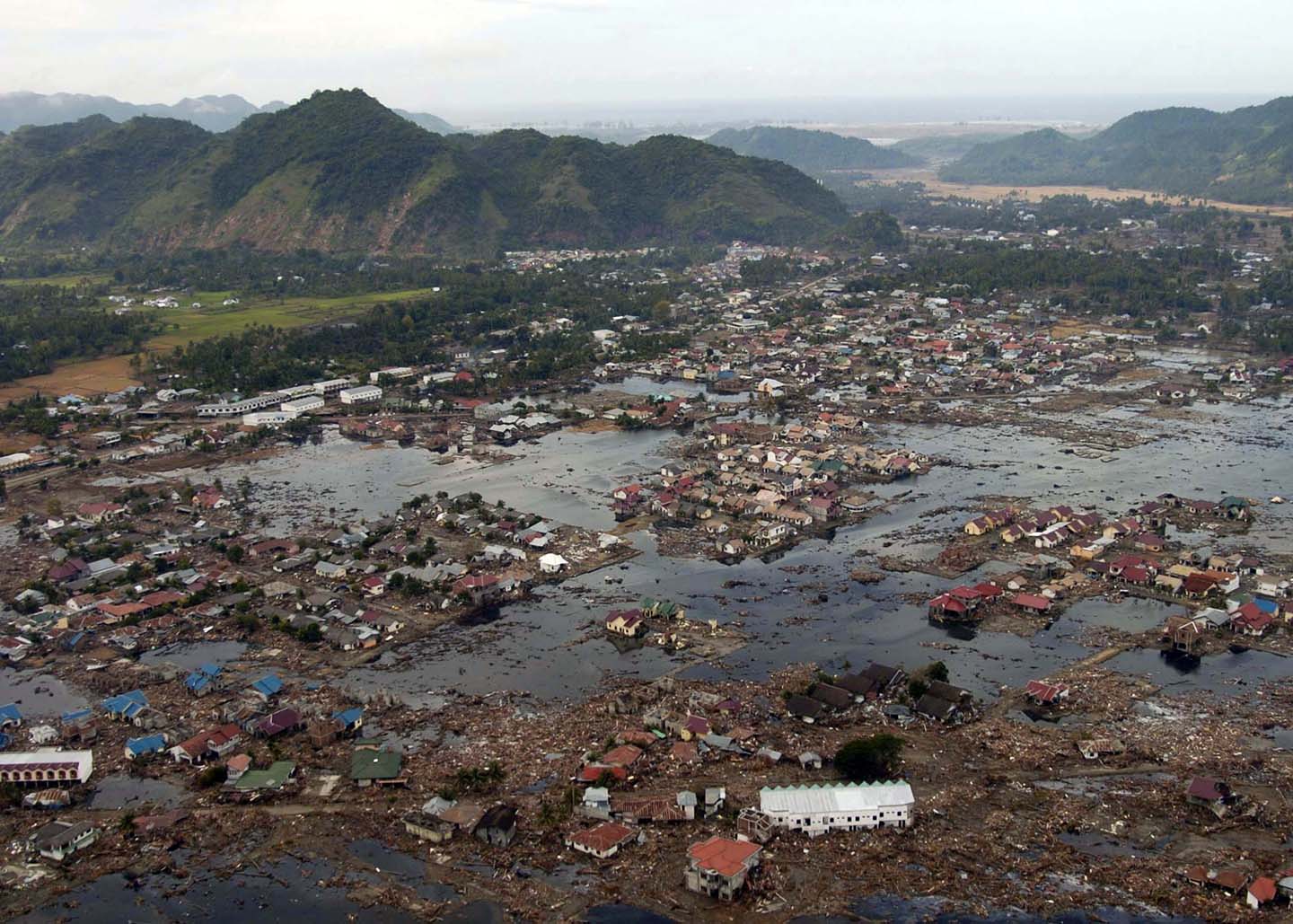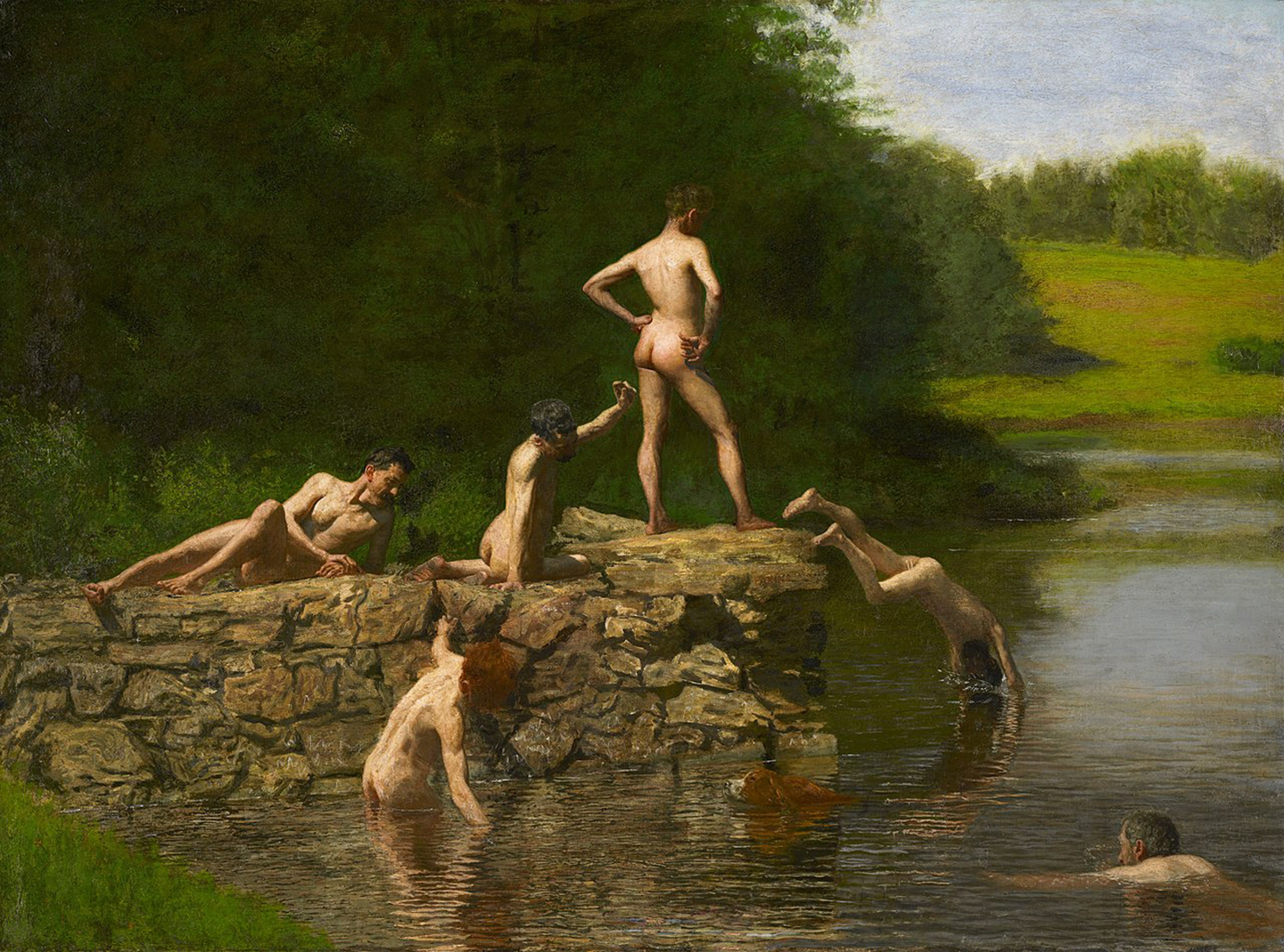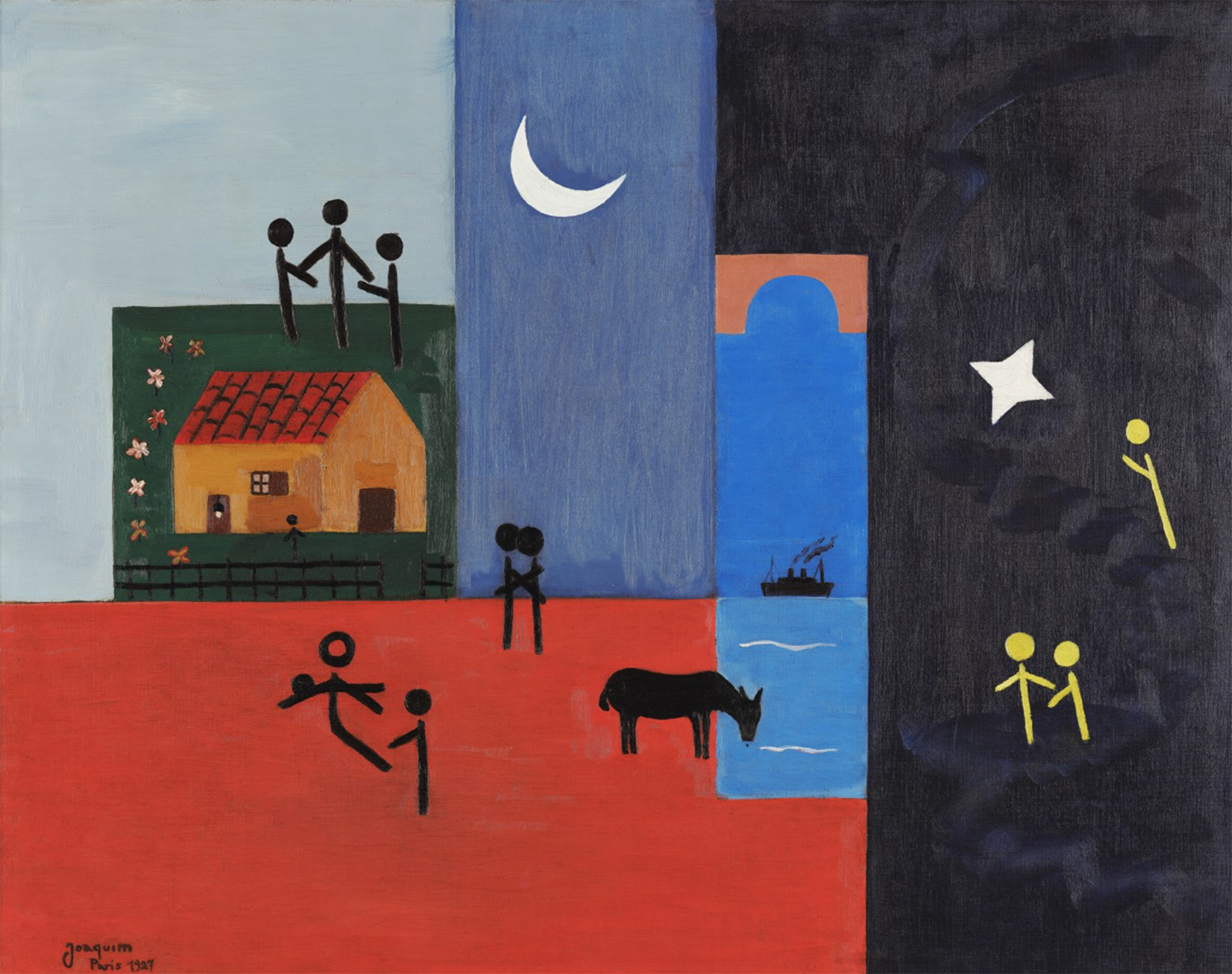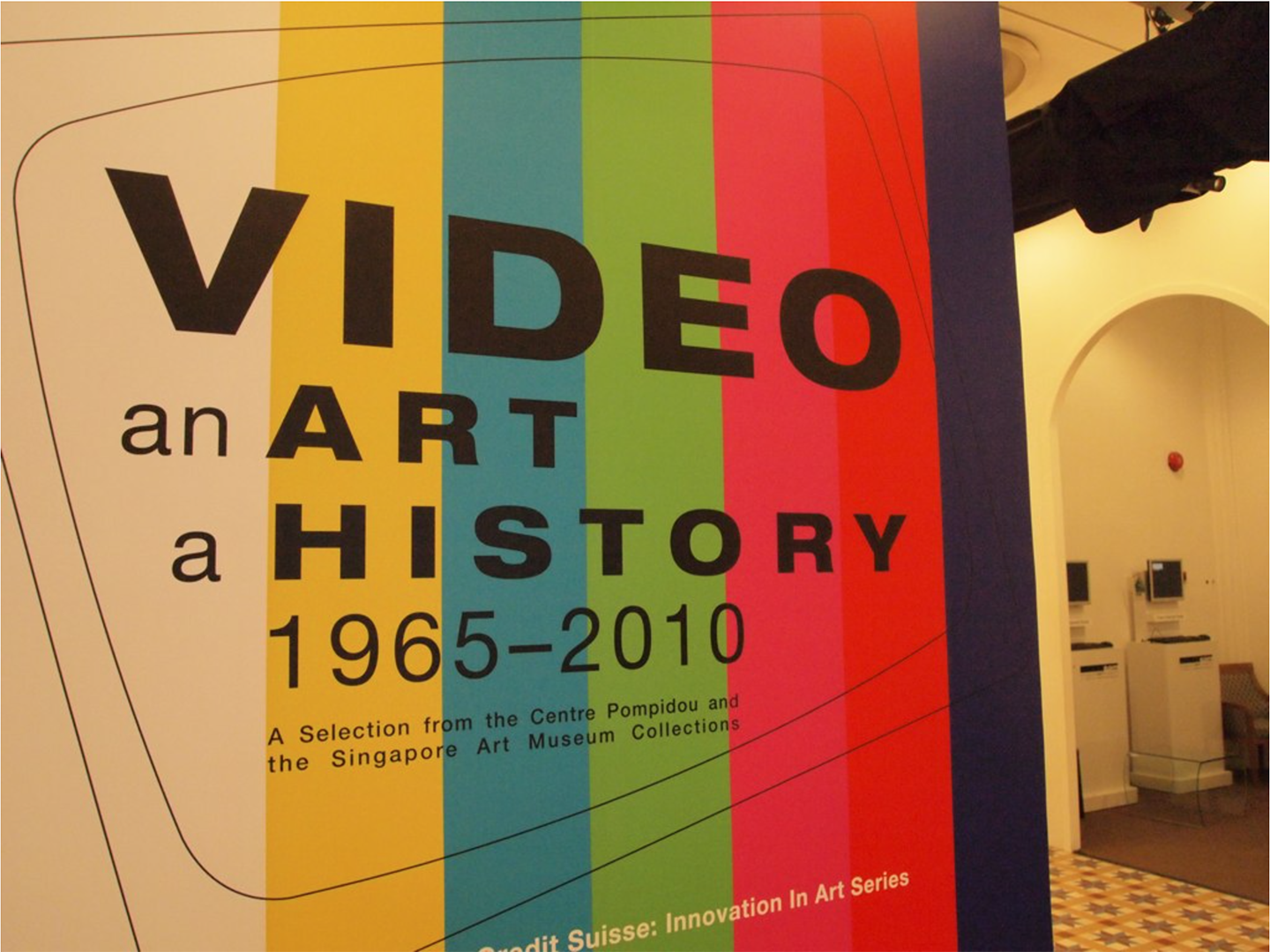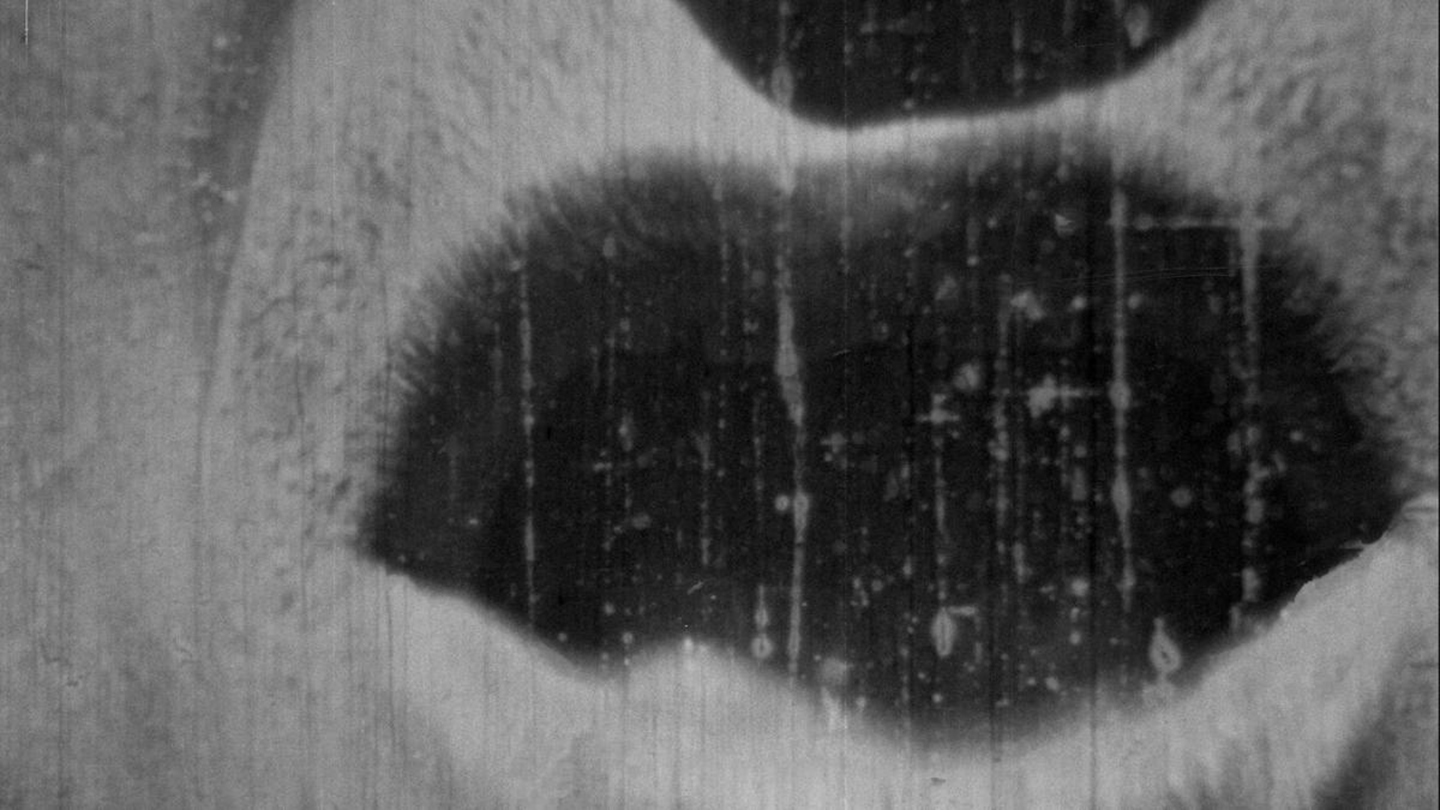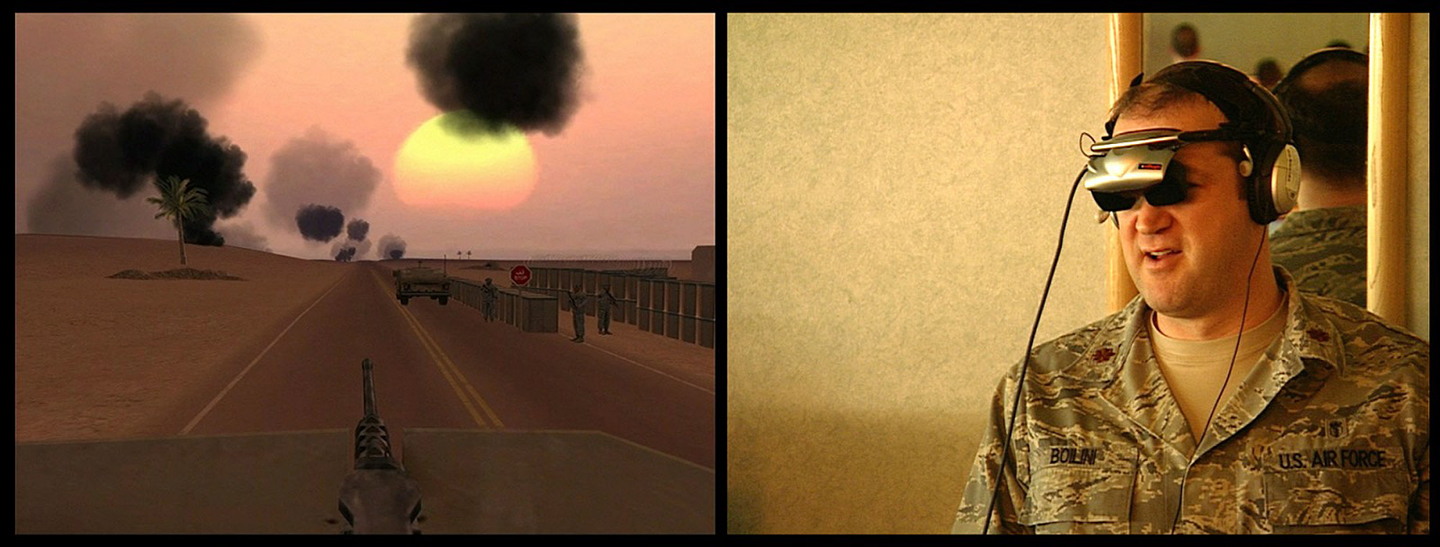Images produce bodily effects and wield the power of persuasion. They reveal invisible and hidden violence; they show the suffering associated with loss and trauma as something very physical. While photography can convey such feelings, it can also build distance between those suffering and those viewing images of suffering, who may not want that closeness. After all, being close hurts. But all of these bodies, suffering or not, are a part of one collective body at war, with all its legs, breasts, and broken hands wearing a yellow and blue bracelet.
In the first e-flux journal issue of 2023, the Ukranian researcher and curator Kateryna Iakovlenko points our eyes at images of forests. The first is from the site of a mass grave outside Izium, a city on the Donets River in eastern Ukraine. The bodies were gone by the time the photo was taken; instead, the photographer shows medics and the surrounding woods. Another is a nineteenth-century photograph of a forest in Tasmania picturing lush trees, which on close examination conceal colonizing British officers. A more recent Instagram photograph shows a feminist Ukrainian Army volunteer living, with others, among the trees they are protecting. A final photo was captured by an occupying Russian Federation soldier’s camera moments before his death outside Izium’s woods. His body remains out of view; his unambiguous vantage point of the exploded forest landscape remains.
Like Noah, the acting subject seeks to resist the coming doom; but like Noah, the subject’s question is whether they feel obligated more to the public/the collective, or to a higher purpose. In what way is this subject, in the end, thus obligated only to itself? Before attempting to answer these bigger-picture questions, it’s necessary to have a closer look at some of the details.
In 1974, I was in compulsory military service, living in an Italian army barracks. But military life was not my cup of tea and I was looking for a way out. A friend suggested I read a French philosopher. And so, I began to read Félix Guattari.
There is a light hovering over the end of the world, only visible at the very edge of the world. A torturous cross rather than fire or flame, this light hurts more in its distance than its encounter—already impossible without a name for summoning it. This light is conjured within the blindness of the night’s currents, a night that dresses the castaways of Iberian galleons as stars. This light is not a guide, though at the end of the world, it was prone to misuse, whether as astrolabe or compass.
Writing from 2023, can it be argued that Southeast Asian video has outgrown that “embryonic” stage, arriving at a point where it can and must be viewed in equal terms with art produced in the West? This raises the further question of how to situate and historicize video art criticism in Southeast Asia, especially when an exhibition like “Video, an Art, a History” could only present an art historical survey of video art in the region through its comparison to art from the West. Is such a comparison beneficial or necessary? Could this show reveal the specificities of the “local” even under such comparative circumstances?
The human stomach was said to be one of God’s greatest inventions, an oven for his earthly chemistry lab. The human ability to understand and manipulate individual chemical elements would always pale in comparison to the alchemy of digestion, which was designed with celestial complexity. In this model, digestion takes on expansive metaphysical dimensions that appear far removed from how we might conceive of digestion today. But digestion theories are fundamental representations of how one conceives of the threshold where the body meets the world. As such, any understanding of how the body digests is always in some way metaphysical, a product of models for how the body is more broadly situated in the world within a given cosmology.
Coined by the renowned German filmmaker, artist, and writer Harun Farocki, the term “operational images” appeared in the early 2000s in his video installation trilogy Eye/Machine I-III (2001–3), which investigates autonomous weapon systems, machine vision in industrial and other applications, and the broader move from representations to the primacy of operations. Farocki’s film installation series presents this shift as a particular kind of image that emerges in those institutional practices, although it also articulates the shift through the various histories and spaces that condition both the emergence of such images and their industrial base: these include military test facilities, archives, laboratories, and factories.
